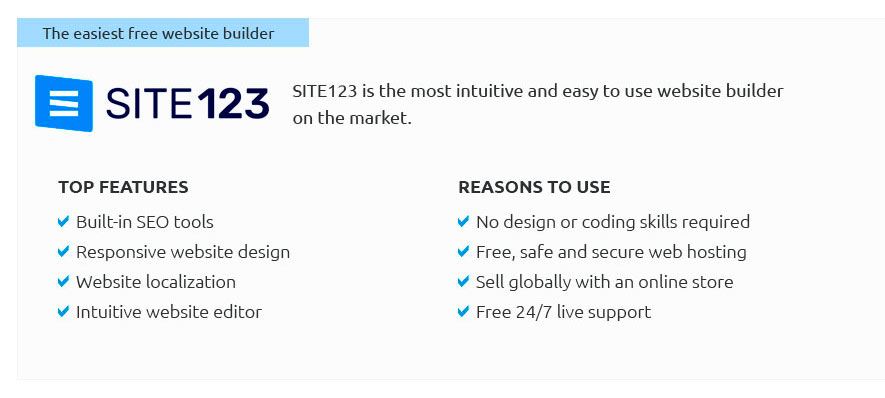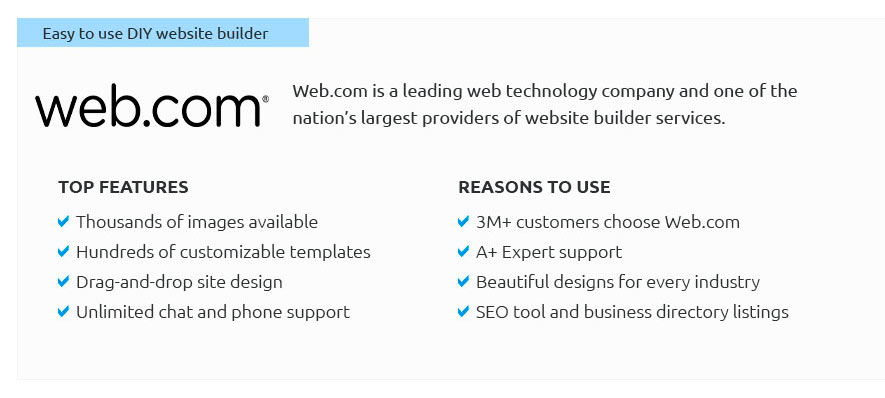 |
 |
 |
 |
|
 |
 |
 |
|
 |
|
 |
 |
|
 |
|
 |
|
 |
 |
How to Create a Website That Accepts Payments: A Step-by-Step GuideCreating a website that can process payments is an essential step for any business looking to sell products or services online. This guide will walk you through the key considerations and steps involved in setting up a payment-enabled website. Understanding Your NeedsBefore diving into the technical details, it's important to clearly define what you need from your payment processing setup. Identify Your Products or ServicesDetermine what you will be selling and how your customers will be purchasing these products. This will help you choose the right payment solution. Consider Your Target AudienceUnderstanding your audience's preferences will guide you in selecting payment options that best suit their needs. Choosing the Right PlatformSelecting the appropriate platform is crucial for a seamless payment integration.
For more insights, explore best web creation software. Setting Up Payment GatewaysIntegrating a payment gateway is the next step to allow transactions on your site. Popular Payment GatewaysOptions like PayPal, Stripe, and Square are widely used due to their reliability and ease of integration. Security ConsiderationsEnsure that the payment gateway you choose complies with PCI DSS standards to protect customer data. Designing a User-friendly Checkout ProcessA smooth checkout process enhances user experience and reduces cart abandonment.
Testing and Launching Your Payment SystemBefore going live, thorough testing is essential. Conducting Test TransactionsRun test transactions to ensure all payment processes function correctly and troubleshoot any issues. Going LiveOnce testing is complete, launch your site and monitor transactions to ensure smooth operation. For more detailed insights, check out website template reviews to find templates that facilitate payment integration. FAQWhat is the best payment gateway for a small business website?The best payment gateway depends on your specific needs. PayPal and Stripe are popular choices for their ease of use and comprehensive features. How do I ensure my website is secure for payments?Use a reputable payment gateway that complies with PCI DSS standards and implement SSL certificates to encrypt data. Can I accept international payments on my website?Yes, most payment gateways offer international payment processing. Ensure that you configure your gateway to accept multiple currencies. https://www.websitebuilderexpert.com/building-online-stores/how-to-accept-payments-online/
An effective way to accept payments online is through a combination of a merchant account and a payment gateway. Simply put, a payment gateway ... https://www.takepayments.com/blog/online-and-tech/how-to-create-a-website-for-your-business/
1. Determine purpose - 2. Choose a domain name - 3. Decide on a host - 4. Build your site - 3. Set up payments (if required) - 4. Test your site - Wix - Squarespace. https://www.youtube.com/watch?v=DYaQUdSC3Xw&pp=ygUMI3dlYm1lcmNoYW50
... Website for 2022 and beyond & I will cover how to create a link that you can put on your website to take and receive payments like we do in ...
|